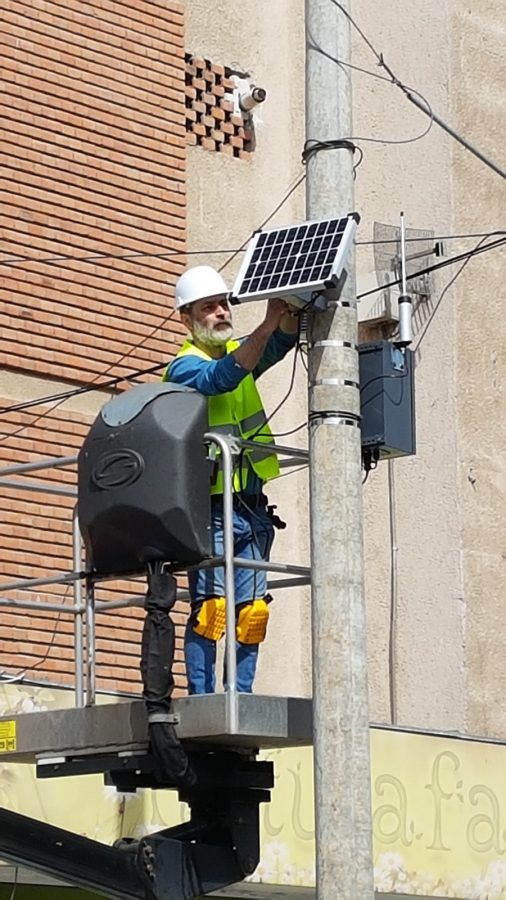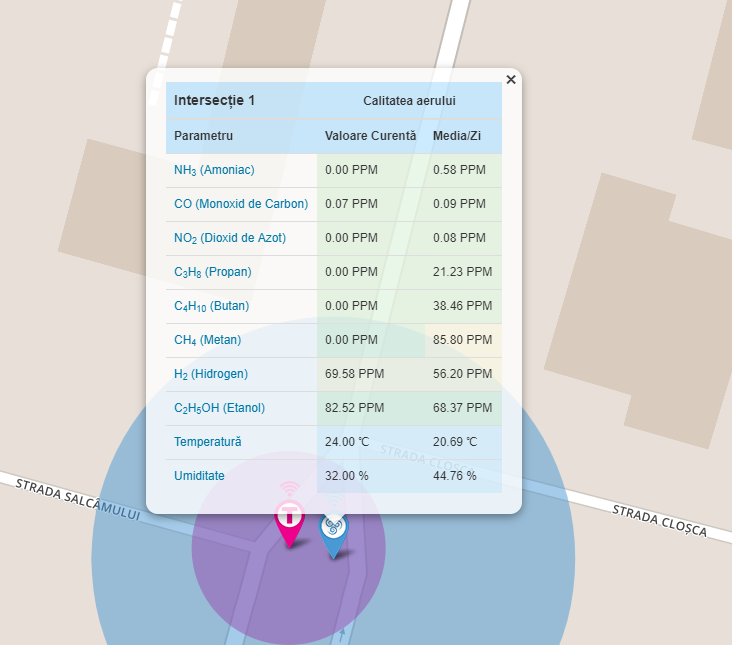Air Quality Monitoring
One of the important dimensions of a modern city is the quality of life that the administration manages to provide to its citizens. An important subcomponent in this direction is air quality at the city level. In the European context, in which Romania has undertaken environmental policy objectives, each municipality that assumes an active role in implementing a strategy/policies to reduce pollution factors in the territory administered is an important player in the “national team”.
In order for a public administrator to have a fair view of the pollution level in his city, the first must assess the concentration of the main pollutants. This can be successfully achieved by installing a high-performance sampling and measurement system, complemented by a data-processing application, able to structure data measured by multiple criteria (the measured polluter agent, given /time, correlation with other factors, etc.).
To support the municipality of Alba Iulia, a pilot project was implemented in Alba Iulia Smart City, consisting in a modern, performing solution that allows the measurement of the most important chemical factors of urban pollution:
- Ammonia;
- Carbon monoxide;
- Nitrogen dioxide;
- Propane;
- Butane;
- Methane;
- Hydrogen;
- Ethanol.
All these parameters are correlated with relative temperature and humidity, as well as the noise level in the covered area.
In Alba Iulia, in partnership with Syswin Solutions, a monitoring station of air quality parameters was installed in one of the very circulated intersection of the city (Bd. Revolution 1989 with Str. Closca).
With a modular structure based on open architecture, the range of measured parameters can be expanded in the future by adding transducers (sensors) specific to the measured pollutant.
Another innovation is the solar power supply, the station is equipped with a small solar panel, which ensures low energy consumption and continuous operation, both for the measurement station and for the equipment Data transmission, LoRaWAN technology, embedded.
The air quality parameters visualization interface shows, in addition to the general information related to each parameter, the real-time values for measured parameters, as well as historical, configurable reports based on the period, which allows you to view the evolution of one or more measured parameters.
In addition, since the air quality monitoring station is installed in the same intersection as the traffic volume measurement system, it is easily achieved and correlated with the two systems, with the aim of determining the impact of the volume of traffic on air quality.






